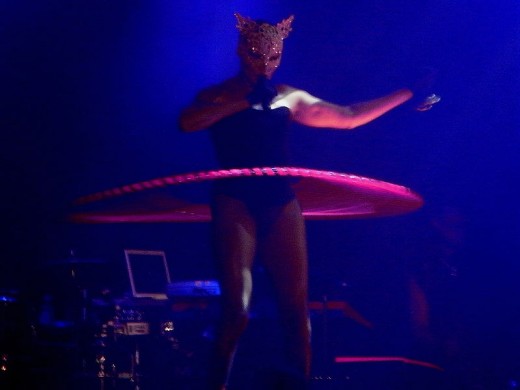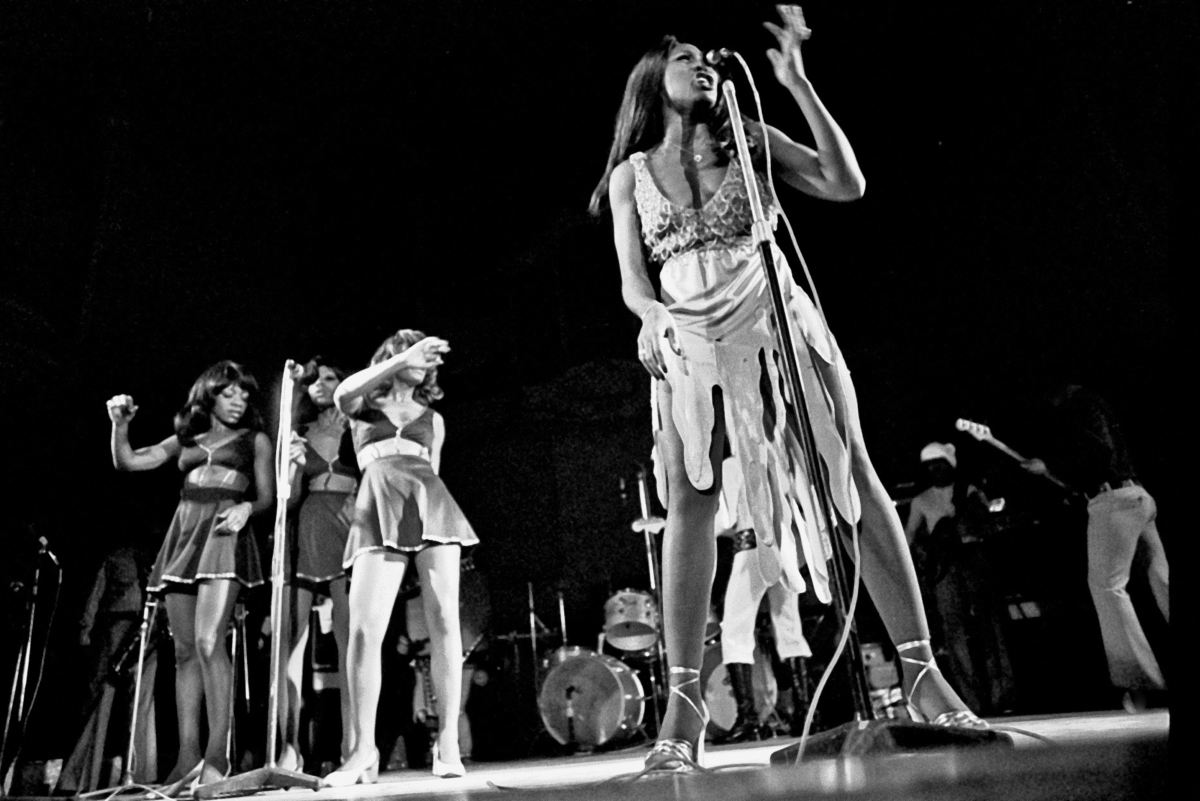Female Musicians of the 80's: A Study of Gender and Race Issues

While many male musicians of the 80's were filming music videos full of oiled-up women dancing in cages behind bands and making themselves into sex object support for masculine singers, another group of musicians presented a wholly different vision of the roles women could and even were meant to play. These musicians were the women of rock, women who smashed the expectations and succeeded as artists in a still vastly male dominated entertainment medium, setting the stage for the countless female musicians who would follow in their footsteps. Though they came from different backgrounds, faced different challenges and held different values, women like Pat Benatar, Chrissy Hynde and Grace Jones were the ones who stood out from the norm and transcended the stereotypes that had been set for them, rising to success in a world that resounded with every award they won and every new, rebellious trend that they set.

Despite the fact that she later made music history by being the first female musician featured on MTV with her Music video “You Better Run!” airing as the second ever video to be shown on the network, Pat Benatar began her music career singing opera and doing stereotypically softer, more “feminine” performances in dresses and pigtails. With her rise in popularity as a softer singer, record company executives wanted to cast her as a ballad singer, but Benatar had another direction altogether in mind when it came to her music career, one that didn’t mesh at all with the plans of her record company, her many critics, or even her husband. Divorcing her husband and plunging forward into her career as the original rock artist she dreamed of being, Benatar rose up to shine in the face of a record company that believed that ballads were more fitting for females and a husband not wholly accepting of her music to win four consecutive Grammy awards for Best Female Rock Performance almost immediately afterward and spanning from 1980 to 1983, effectively proving that not only could women sing rock, but they could do it well. In her music, she openly challenged norms with songs and lyrics that emphasized the ideal of the strong female like “Hit me with your best shot”, “Sex as a Weapon”, “Shadows of the Night” and the aforementioned “You Better Run!”, and she lived the message she put into her words. “I don’t like being sweet.” She is quoted as having said, a statement which lends to the credence of other statements she has made about her brutal approach toward life and her attempts (despite marketing that billed her as a “sex goddess”) to remain androgynous on stage and in her career as a musician.

Unlike Benatar, however, Chrissie Hynde of The Pretenders took a different approach when it came to defining herself within her music. Never aligning herself with feminism and quoted as saying that “a woman’s place is in the home, looking after children” Hynde made it clear early on that her punk-like appearance and rock-goddess imagery was more indicative of a brutal independence she had when it came to the embracing of causes seen as progressive (like animal rights and vegetarianism) than of any sort of rebellious belief in female power and a woman’s right to rock. Off stage, Hynde’s rebellious nature culminated toward contributions toward peace and love oriented counterculture movements, and though she has never put her celebrity force behind any remotely feminist causes, she has been (and is still) a supporter of PETA and Viva!, actually going so far as to riot within stores, destroying merchandise made from animal products, like leather and fur clothing. “For me, gender has nothing to do with rock” Hynde states as her official opinion on women in rock and as musicians in general. “The minute you ask me gender questions, I squirm.”

Pushing the envelope more than Pat Benatar and certainly more than Chrissie Hynde, Jamaican-American singer Grace Jones is noted as having been a major force for bringing “masculine” dressing and hairstyles to the female public, though she goes virtually unrecognized for any of her work toward changing the traditional stereotypes of women in music and, in general, of women as a gender. Despite her blatant disregard for the proverbial boxes that society might try to put her in, Grace Jones is a name rarely seen in many books that single out and discuss rebellious women and others who have stepped through the gender boundaries to stand apart from stereotype, even those texts that focus on music. Even where Zeisler’s book Feminism and pop culture sets aside formidable passages for artists like Pat Benatar and Chrissie Hynde, Grace Jones is only mentioned in regards to her “Commanding height and flattop hairdo” (Zeisler, 2008 p.84) which, though it is mentioned, only takes up the space of about a third of a sentence in the entire book, sharing the descriptive passage with a handful of other female musicians– all white. But this is nothing new for Grace Jones; both in her career as a musician and in life in general, Grace Jones has had to take a proverbial back seat to whites before, making headlines all too often in black celebrity gossip magazines for being the subject of cruel racial slurs, even in front of her own children– events which have gone unrecognized in the white media. Unlike progressive female musicians like Pat Benatar and, in her own way, Chrissie Hynes, Grace Jones has garnered very little press, finding herself instead relegated to the memories of editorial writers who recall only her masculine jawline and imposing haircut.
When it comes to musicians of the 80's, the lists of those that have been popularized and “made it big” look similar to the hollywood movies of the time, featuring an all white cast with the token black artist here or there. Women are present, yes, but those that defy the stereotypes are so few and far between that they make up a demographic only slightly larger than that occupied by artists of racial and sexual minorities. In keeping with the patterns we see throughout history, those women who stood apart from the stereotype caught news and were eventually held up as idols for what they did, while those who did so who were also part of a minority struggled on, unrecognized. But that doesn’t make artists like Pat Benatar and Chrissy Hines any less progressive; instead, it makes a revealing statement about our society, showing that, while we can look past our own innate sexism and, to a lesser degree, our innate racism to make progress toward equality, our vision becomes much more opaque when we try to look past both simultaneously.








